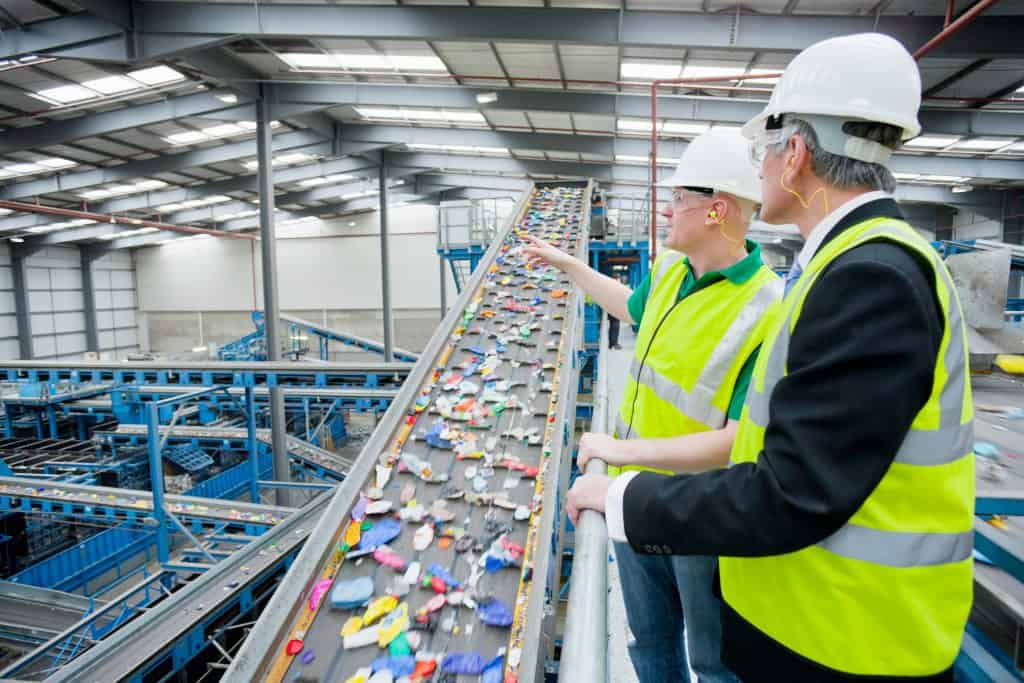
Reshaping Industries: How Plastics Recycling Impacts Manufacturing
Plastics recycling can be a vital procedure in today’s community, given the ecological worries associated with plastic waste materials. Here’s a thorough help guide to being familiar with plastic recycling:
1. Types of Plastic:
Plastics are grouped based on their resin regulations, starting from Dog (Polyethylene Terephthalate) to PVC (Polyvinyl Chloride). Each type calls for various recycling functions.
Dog plastics, frequently seen in drinking water containers, are widely re-cycled, whilst PVC plastics, utilized in water lines and packing, pose challenges due to their structure.
2. Recycling Process:
Collection: Plastic waste materials is collected from different options, which includes homeowners, organizations, and recycling locations.
Selecting: The collected plastics are categorized depending on their resin regulations and shade. Advanced selecting technologies like automatic eye searching systems are used for effectiveness.
Shredding: Plastics are then shredded into more compact sections to help the recycling procedure.
Washing: Shredded plastics undertake thorough cleaning to eliminate pollutants including grime and brands.
Melting and Pelletizing: Cleaned plastics are dissolved and formed into pellets, which bring unprocessed materials for production new products.
3. Difficulties in Plastic Recycling:
Contaminants: Toxic contamination from meals remains or other resources may affect the caliber of reused plastics.
Downcycling: Some plastics can only be reused into reduced-top quality items, ultimately causing a decrease in fabric value over time.
Lack of System: Insufficient recycling structure in particular territories hinders effective plastic recycling initiatives.
4. Enviromentally friendly Impact:
Vitality Financial savings: Recycling plastics conserves electricity in comparison with creating virgin plastic.
Reduction of Land fill Waste: Recycling will help redirect plastic waste from landfills, lowering enviromentally friendly contamination.
Conservation of Assets: By recycling plastics, much less organic solutions are utilized in producing new components.
5. Need for Consumer Participation:
Suitable Removal: Shoppers perform a crucial role in making sure plastic squander is disposed of correctly in recycling containers.
Minimize and Reuse: Lessening plastic usage and choosing reusable choices can more relieve the responsibility on recycling systems.
6. Improvements in Plastic Recycling:
Substance Recycling: Advanced tactics for example compound recycling break up plastics inside their molecular factors for reuse.
Bioplastics: Progression of biodegradable and compostable plastics provides eco friendly alternatives to classic plastics.
7. Long term Perspective:
Cooperation: Government authorities, market sectors, and communities need to work together to further improve plastic recycling infrastructure and techniques.
Innovation: Continued study and creativity are essential for developing more efficient recycling technology and sustainable supplies.
To summarize, plastics recycling is a crucial element of environmental efficiency, necessitating group endeavours to deal with obstacles and promote sustainable practices.